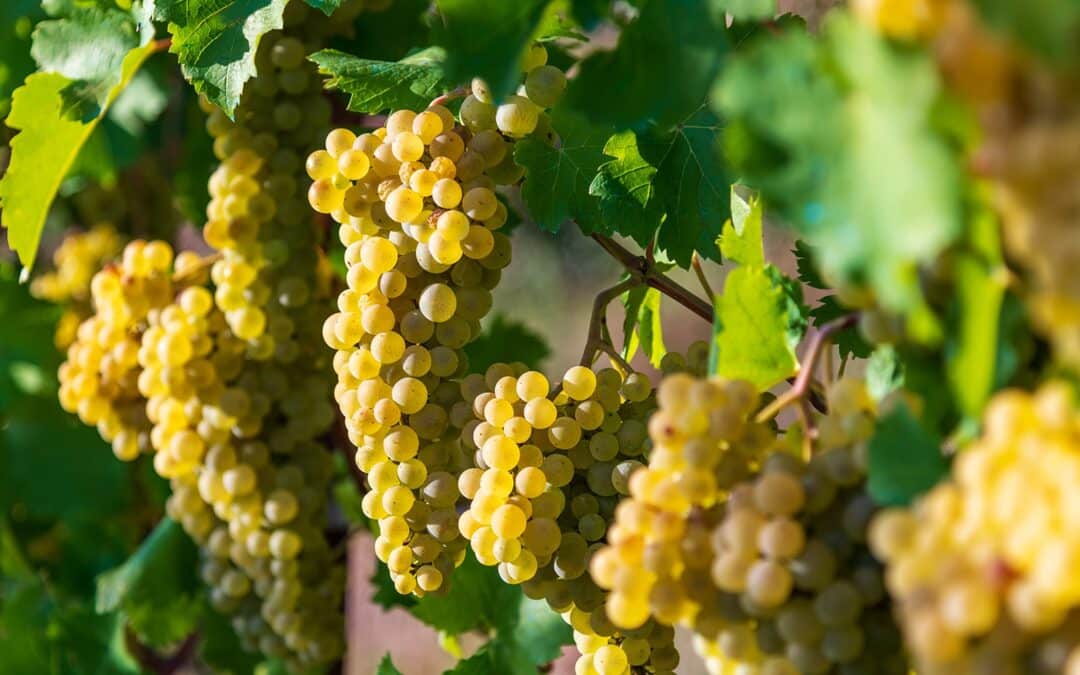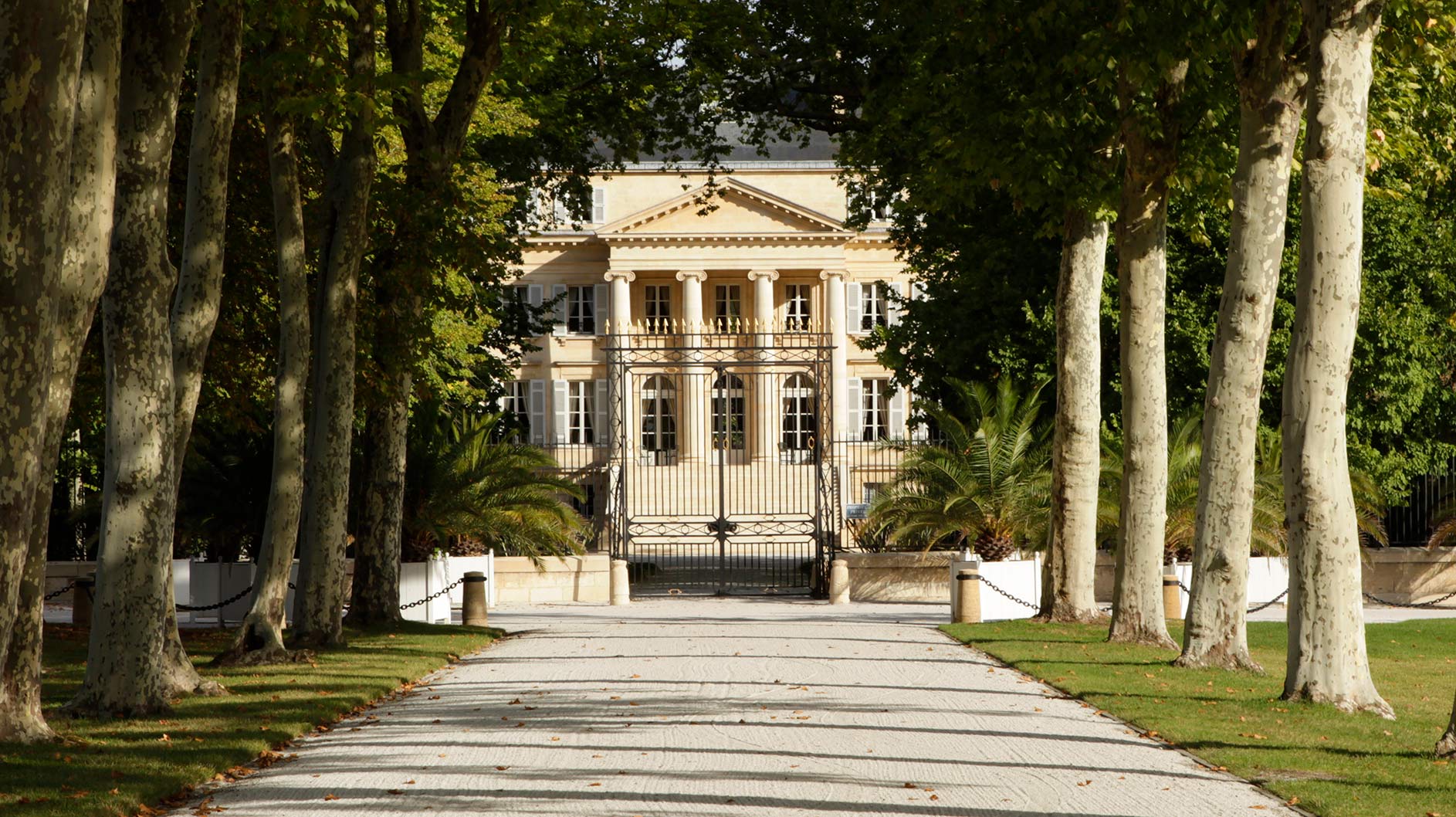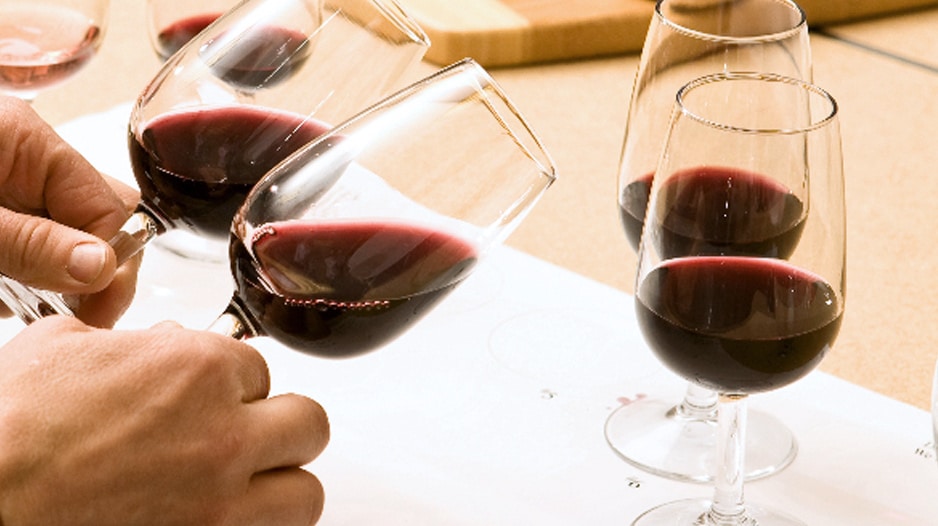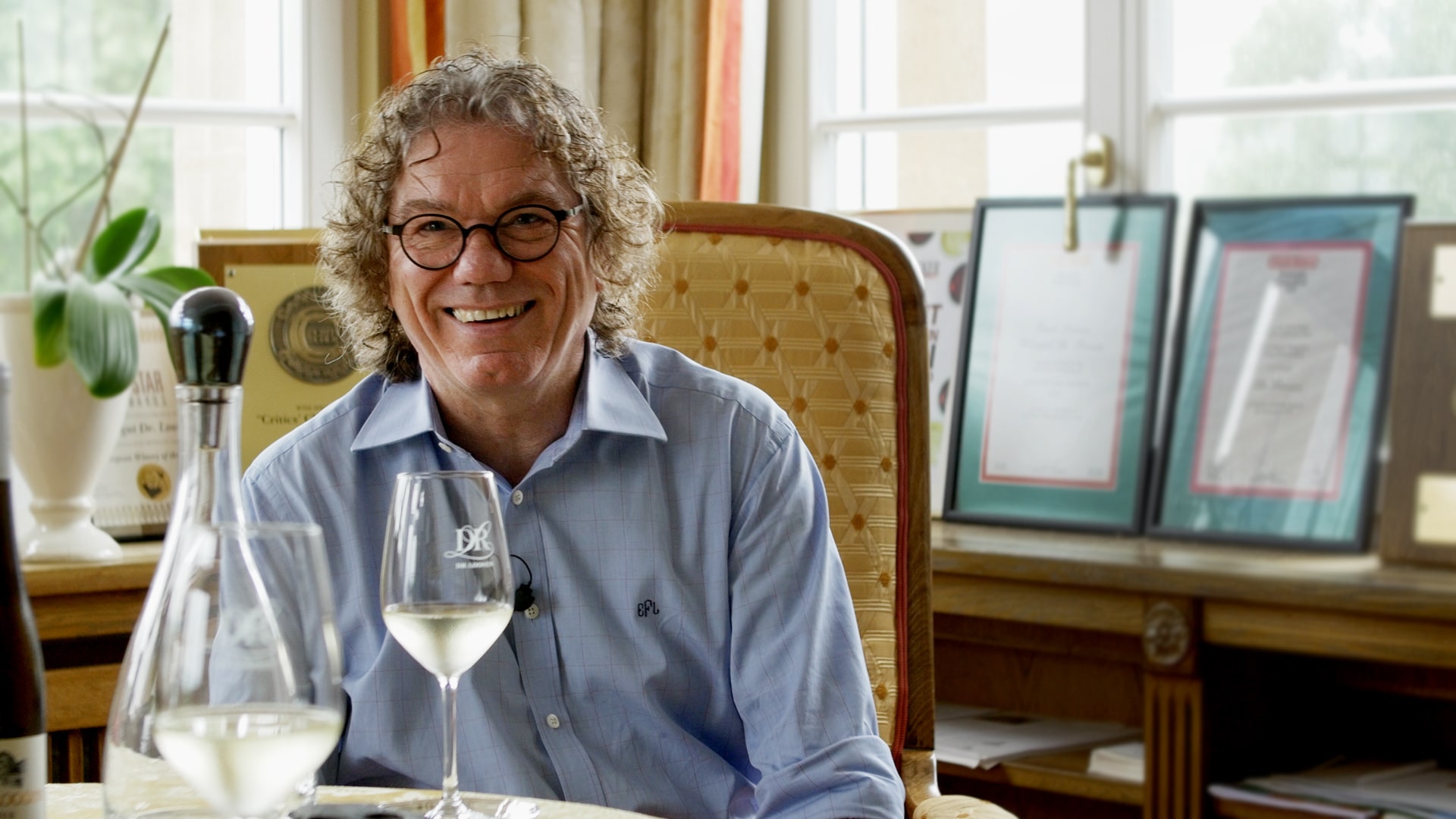Chardonnay is a white grape variety that dances between two worlds. Most commonly, it is made to be round and rich with flavours of new oak. Yet, what many don’t know is that in the shadows, it holds a secret: its lean elegance, a core quality that is often overlooked. Chardonnay has a definite ability to translate growing conditions and terroir into the glass. To winemakers, Chardonnay’s neutral aromas make it akin to a blank canvas that can reflect their local tradition or personal touch.
Chardonnay’s story began over five centuries ago when it was believed to be named after a quaint village in Burgundy. Since then, it has spread to vineyards across the world. Today, Chardonnay’s universal recognition and adaptability in different climates make it one of the most widely planted white grapes.
Where Chardonnay is grown
Chardonnay’s benchmark regions are Burgundy, California, Australia, New Zealand and Champagne but it can be found around the world because it is a truly global grape. Regions and countries that are showing promise in the production of quality Chardonnay include Canada, Chile, Argentina and South Africa. The many areas that Chardonnay is grown each imparts its unique characteristics to the grape, resulting in a vast spectrum of styles.
What Chardonnay tastes like
Chardonnay, a grape of endless versatility, can tell the story of the terroir and winemaking craftsmanship behind it. In cool climates like Chablis, the northern gem of Burgundy, Chardonnay takes a crisp, lean form driven by racy acidity and minerality. Green apple, lemon, and lime flavours balance the freshness and can evolve to become richer and more complex with age.
To the north, the Champagne region produces sparkling wine with just ripe, but still crisp, Chardonnay grapes in their cool climate. From the relatively chilly Chablis and Champagne regions, just a two-hour drive south will take you to the heart of Burgundy. Here, vibrancy of citrus and stone fruits and age-worthiness are defining characteristics. In Puligny-Montrachet, one of the most sought-after villages in Burgundy, the wines are silky in texture with layered aromas of hazelnut, toasted brioche, baked apple pie and a stony minerality that is said to be the soil speaking.
In contrast, Chardonnay can be found in an illustriously rich and ripe style in California. Peach, pineapple, and toasted vanilla bean from oak leap out of the glass. A buttery, creamy texture rounds out what can reach nearly 15% alcohol at times, making the wines some of the fullest bodied whites anywhere. In the mid 2000s, California Chardonnay rethought it’s style, and since then, oak use is generally decreasing, making for wines that are more restrained and French in style. Within California, warmer climates like Napa tend to produce richer wines, while French-trained winemakers in cooler areas like Santa Barbara and Sonoma can produce bottlings capable of fooling even the most skilled blind tasters into thinking Burgundy.
The vastness Australia mean the styles of Chardonnay vary tremendously depending on climate and winemaking decisions, but both are capable of producing wines that rival some of the best in the world. Winemaking in Australia is known to be very crisp and clean, meaning the wine is deliberately protected from oxygen to retain fresher fruit aromas. New Zealand is best known for Sauvignon Blanc, but some of the Chardonnays can be a model of elegance and class.
Unlike most white wines, quality Chardonnay can sometimes benefit from bottle age. In its youth, it tends to be fruit forward, but with time can develop flavours of toasted hazelnuts, dried fruits, honey, butterscotch, and an earthy character resembling white button mushroom.
What to pair with Chardonnay
Crisp styles of Chardonnay are ideal companions for seafood and vegetable-based dishes, whereas a rich Napa Chardonnay can undoubtedly steal the show at a New England lobster party. Meanwhile, the remarkable versatility of Champagne, with its crisp acidity, makes it a superb choice that can harmonize with nearly any cuisine.
How to pronounce Chardonnay
“Shar-dun-‘A’”
What to buy
La Chablisienne Petit Chablis, Chablis, France 2021 ($26)
https://www.wine.com/product/la-chablisienne-pas-si-petit-petit-chablis-2021/1341452
Pierre Girardin Puligny-Montrachet, Burgundy, France 2021 ($229)
https://www.wine.com/product/pierre-girardin-puligny-montrachet-champ-gain-premier-cru-2021/1427017
Sandhi Central Coast Chardonnay, California 2021 ($24)
https://www.wine.com/product/sandhi-central-coast-chardonnay-2021/1067944
Au Bon Climat Chardonnay, Santa Barbara, California 2022 ($22)
https://www.wine.com/product/au-bon-climat-santa-barbara-chardonnay-2022/1424836
Kumeu River Estate Chardonnay, New Zealand 2021 ($35)
https://www.wine.com/product/kumeu-river-estate-chardonnay-2021/1137256
Vasse Felix Chardonnay, Margaret River, Australia 2020 ($42)
https://www.wine.com/product/vasse-felix-chardonnay-2020/859875
Robert Oatley Signature Chardonnay, Margaret River, Australia 2018 ($16)
https://www.wine.com/product/robert-oatley-signature-chardonnay-2018/686689
Errazuriz Max Reserva Chardonnay, Aconcagua Valley, Chile 2020 ($19)
https://www.wine.com/product/errazuriz-max-reserva-chardonnay-2020/938075







